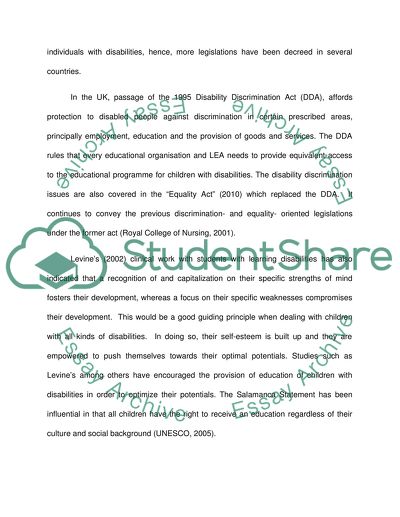Cite this document
(“Perspectives on Special Education Needs and Disabilities Essay”, n.d.)
Retrieved from https://studentshare.org/education/1469602-perspectives-on-special-education-needs-and-disabilities
Retrieved from https://studentshare.org/education/1469602-perspectives-on-special-education-needs-and-disabilities
(Perspectives on Special Education Needs and Disabilities Essay)
https://studentshare.org/education/1469602-perspectives-on-special-education-needs-and-disabilities.
https://studentshare.org/education/1469602-perspectives-on-special-education-needs-and-disabilities.
“Perspectives on Special Education Needs and Disabilities Essay”, n.d. https://studentshare.org/education/1469602-perspectives-on-special-education-needs-and-disabilities.


